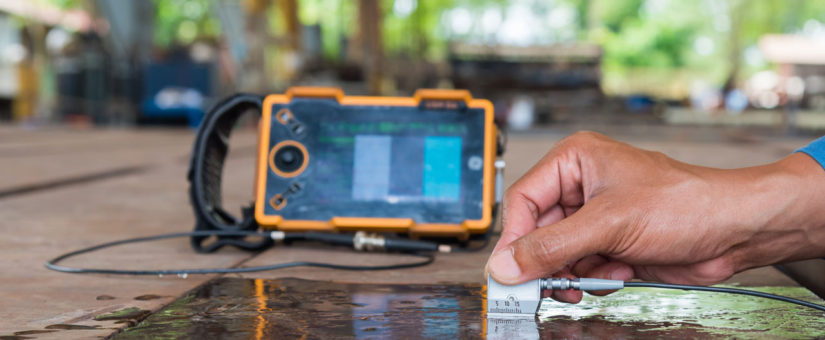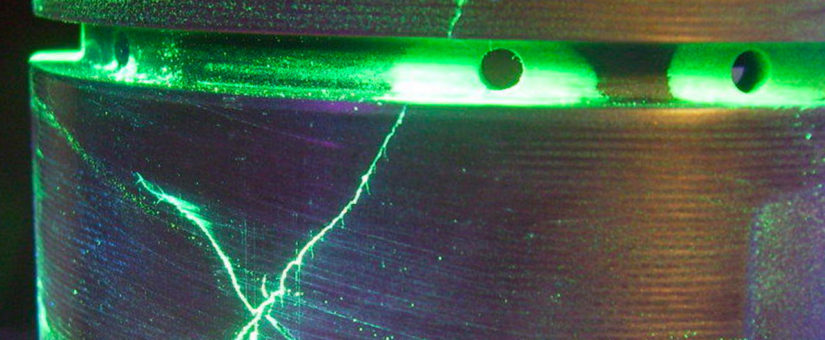How Does Ultra Sonic Testing Work?
- NDT, Non-Desturctive Testing, Ultrasonic Testing, UT
Ultrasonic Testing (UT) uses high frequency sound energy to conduct examinations and make measurements. Ultrasonic inspection can be used for flaw detection/evaluation, dimensional measurements, material characterization, and more. This helpful video helps to explain some of the basics of ultrasonic testing:
Read More




